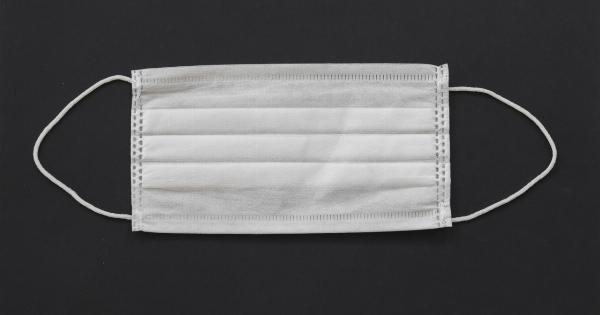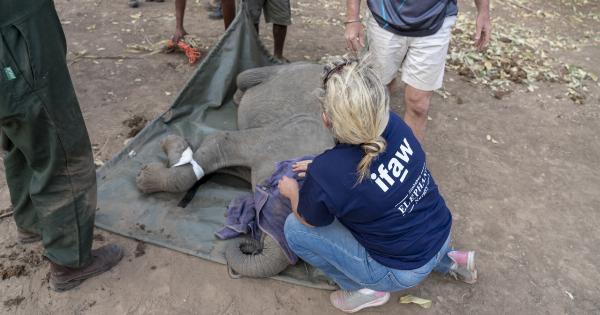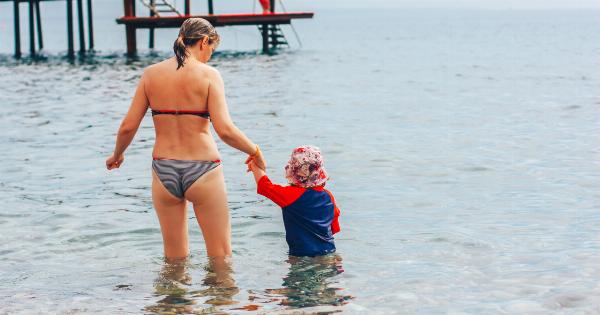Dry drowning is a term used to describe a rare phenomenon that can occur after a child inhales water through their nose or mouth while swimming or bathing.
Unlike typical drowning cases where water enters the lungs, dry drowning happens when water irritates the vocal cords, causing them to spasm and close up, making it difficult for air to pass through. This silent killer is a serious concern for parents and caregivers, as it can lead to devastating consequences if not recognized and treated promptly.
How Does Dry Drowning Happen?
Dry drowning can occur in various situations where a child has had a near-drowning experience, even if they seem fine afterward. The inhalation of water can cause the vocal cords to go into spasm, leading to difficulty breathing.
It can happen in swimming pools, lakes, oceans, or even bathwater. Children with dry drowning may display symptoms such as coughing, chest pain, difficulty breathing, fatigue, or changes in behavior.
Recognizing the Signs and Symptoms
It is crucial for parents and caregivers to be aware of the signs and symptoms of dry drowning to ensure early detection and immediate medical attention. Some common indicators include:.
-
Coughing and Wheezing
If your child continues to cough persistently after being in the water, it could be a sign of dry drowning. The cough may be accompanied by a wheezing sound, indicating difficulty breathing.
-
Chest Pain and Difficulty Breathing
Children who have inhaled water may experience chest pain and find it hard to catch their breath. They may demonstrate rapid or shallow breathing, which can be alarming.
-
Extreme Fatigue or Lethargy
Unexplained tiredness or exhaustion after being in the water could be a warning sign. If your child seems excessively fatigued or unusually inactive, it is essential to investigate the cause.
-
Behavioral Changes
Pay attention to any sudden or noticeable changes in your child’s behavior. Irritability, mood swings, or confusion may indicate that water inhalation has affected their oxygen supply.
-
Blue Lips and Skin
If your child’s lips or skin become bluish in color, it is an urgent sign of oxygen deprivation. Seek immediate medical help, as this could be a life-threatening condition.
What to Do If You Suspect Dry Drowning
If you suspect that your child may be experiencing dry drowning symptoms, it is crucial to act promptly:.
-
Seek Medical Attention
Contact your healthcare provider or take your child to the nearest emergency room immediately. Early medical intervention can prevent further complications and save lives.
-
Monitor Your Child
While waiting for medical assistance, keep a close eye on your child’s vital signs. Check their breathing, pulse, and level of consciousness at regular intervals.
-
Do Not Induce Vomiting
Contrary to popular belief, inducing vomiting is not recommended in cases of dry drowning. It may worsen the situation by causing further irritation or blocking the airways.
-
Administer CPR if Necessary
If your child becomes unresponsive or stops breathing, perform cardiopulmonary resuscitation (CPR) immediately. Knowledge of CPR techniques can be lifesaving in such critical situations.
Preventing Dry Drowning
Prevention is always better than cure, and there are several measures parents and caregivers can take to reduce the risk of dry drowning:.
-
Supervision
Always ensure responsible adult supervision when children are in or around water. It only takes a few seconds for a drowning incident to occur, so stay vigilant and avoid distractions.
-
Teach Swimming and Water Safety
Enroll your child in swimming lessons from a qualified instructor to ensure they have the necessary skills to swim and stay safe in water. Teach them about potential dangers and the importance of never inhaling water.
-
Use Life Jackets or Floatation Devices
When boating or participating in water activities, always ensure your child wears a properly fitted life jacket or flotation device. This extra layer of protection can greatly reduce the risk of drowning.
-
Be Aware of Water Quality
Swim only in well-maintained pools or designated swimming areas at beaches and lakes. Avoid areas with high pollution levels or signs of contamination, as ingesting contaminated water can increase the risk of respiratory infections.
-
Encourage Breaks and Hydration
Encourage your child to take regular breaks from swimming to rest, hydrate, and catch their breath. Staying properly hydrated can help reduce the likelihood of muscle cramps or fatigue.
-
Learn CPR
Empower yourself with the knowledge of cardiopulmonary resuscitation (CPR). In emergencies, immediate CPR can provide invaluable support until professional medical help arrives.
Conclusion
Dry drowning is a rare but potential threat to children who have had a near-drowning experience.
By being vigilant, recognizing the signs and symptoms, and ensuring appropriate preventive measures, parents and caregivers can help protect their children from this silent killer. Swift action and immediate medical attention are paramount when it comes to dry drowning, as early intervention can make a significant difference in outcomes.
Stay informed, stay watchful, and embrace water safety to safeguard the health and well-being of our young ones.































